We chat with HASSELL’s Xavier de Kestelier who led the team to the final stages of NASA’s 3D-Printed Habitat Challenge for Mars. As principal and head of design technology and innovation, De Kestelier opens up on the latest digital technologies in the design studio.
“Design is a human endeavour; the intellectual, human element is essential and should never be sacrificed, no matter how great the new tools and technology may be,” advocates Xavier de Kestelier, who spearheads design technology and innovation at HASSELL.
While the development of architectural history has largely been parallel to technological advancement, De Kestelier reminds us that even the most cutting-edge technology should still be just one of many tools at a designer’s disposal – not unlike pencil and paper. It is therefore crucial that designers question such technology and determine how it will benefit the design process. Design should take precedence over technology, not vice versa.
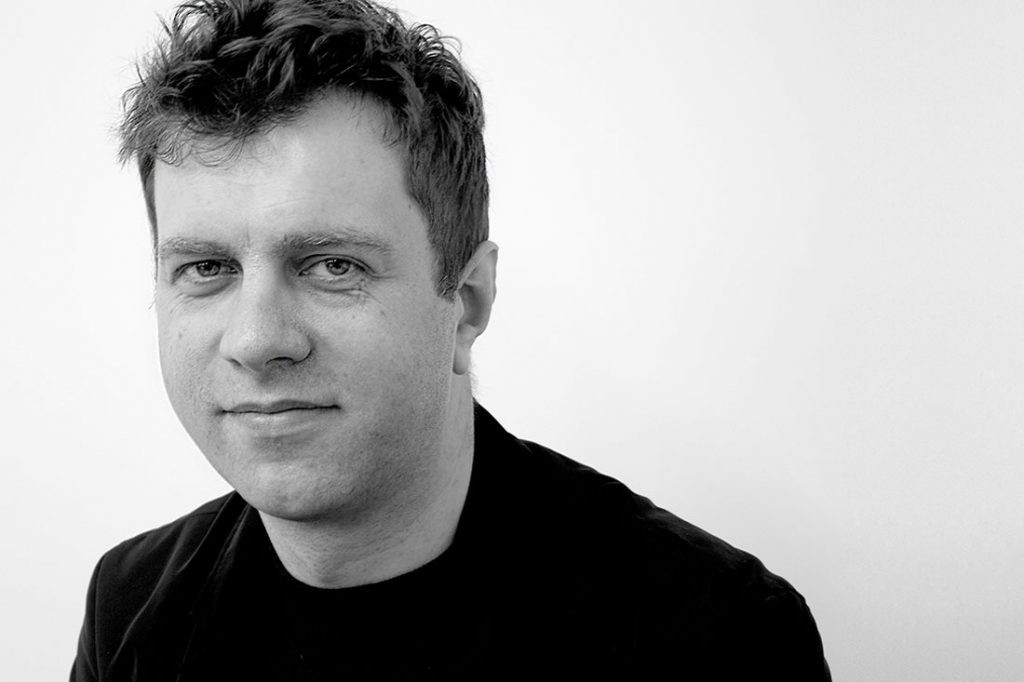
Xavier De Kestelier, principal and head of design technology and innovation at HASSELL.
Equally important is to recognise that many ‘revolutionary’ technologies are still limited in scope, especially for the construction industry. Just as people did not stop buying books following the advent of 2D home printers, new technologies such as 3D printing will not bring about immediate drastic changes.
Nevertheless, there has been real impact in specific consumer product industries. For example, hearing aids are now 3D printed; the technology had been instrumental in improving production cost and efficiency. Adidas has also commercially launched the first 3D-printed trainers this year.
“On the other hand, we are a long way from 3D printing houses… so 3D printing is not always the right answer,” adds De Kestelier. This critical understanding of technology and design methodology guided HASSELL’s proposal for NASA’s 3D-Printed Habitat Challenge, which proposed a two-layered system – a hard 3D-printed shell set up in advance by robots, and a softer, inflatable internal layer to be installed within by astronauts upon arrival on Mars.
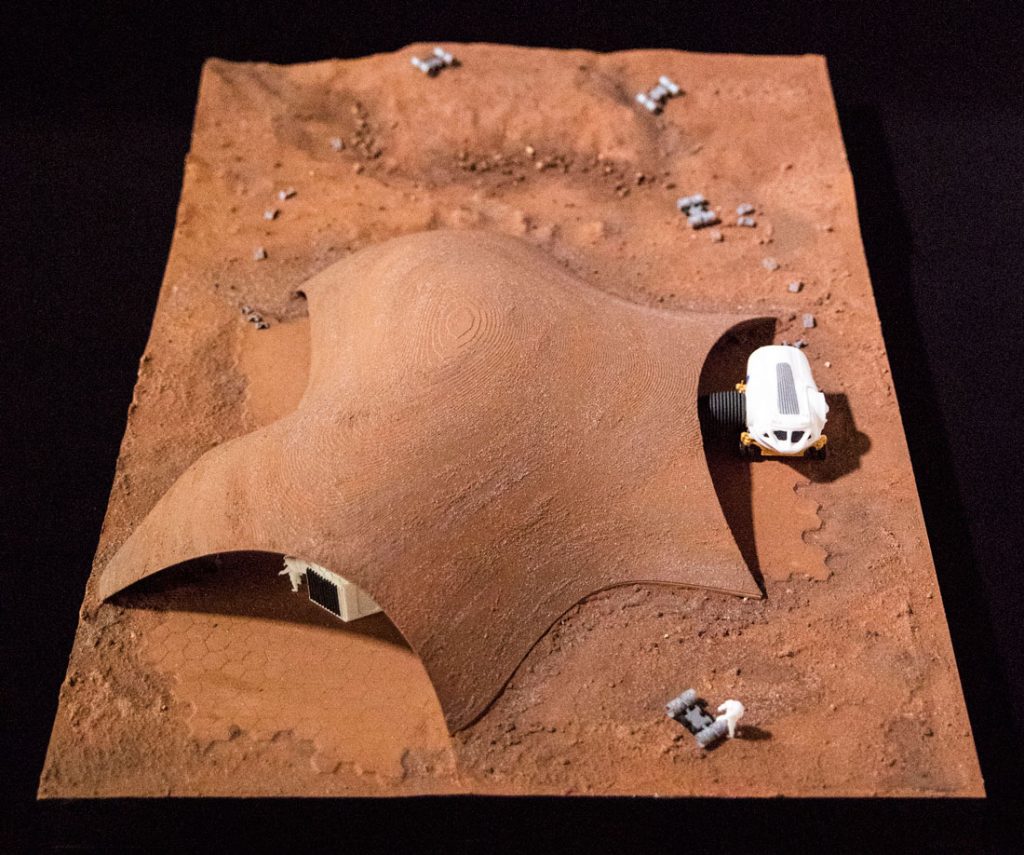
De Kestelier is also actively involved in academic and research work and is a Director at non-profit organisation Smartgeometry. Currently, he’s also part of an industry group at UCL Bartlett looking into blockchain technology and how it could change the construction industry. While still in its preliminary stages, the group is certain of its impact, particularly in the vital areas such as building and structure procurement, and tracking and ownership of documentation. “These things will certainly change our industry. We’re just not completely sure how yet,” he says.
While the production buildings will become increasingly easy in the future, suggests De Kestelier, it is also apparent that design will become more integral to the process. Designers should look to expand the role of architectural design beyond its conventional brick-and-mortar scope. He elaborates: “The design of the Mars habitat is a good example – you’d think as architects we wouldn’t be involved and that the design would come down to engineers, but actually, we play a fundamental role.”
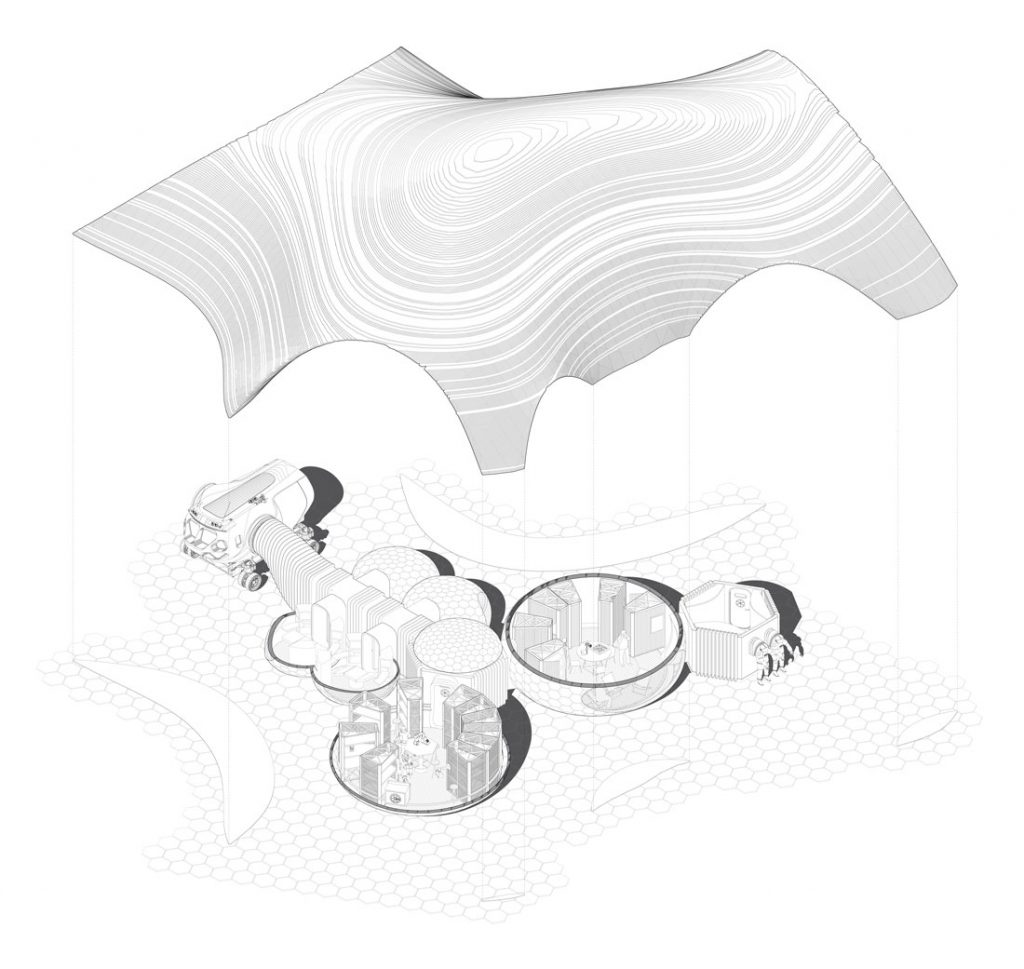
HASSELL in collaboration with engineering firm Eckersley O’Callaghan was a TOP 10 Finalist (Phase 3) for the NASA 3D-Printed Habitat Challenge, which invited innovative ideas for a functional shelter on Mars. Images courtesy of HASSELL.
Is NASA’s space station our longest study in agile working methodology?
INDESIGN is on instagram
Follow @indesignlive
A searchable and comprehensive guide for specifying leading products and their suppliers
Keep up to date with the latest and greatest from our industry BFF's!
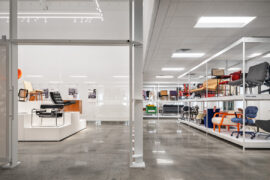
The undeniable thread connecting Herman Miller and Knoll’s design legacies across the decades now finds its profound physical embodiment at MillerKnoll’s new Design Yard Archives.

London-based design duo Raw Edges have joined forces with Established & Sons and Tongue & Groove to introduce Wall to Wall – a hand-stained, “living collection” that transforms parquet flooring into a canvas of colour, pattern, and possibility.

Welcomed to the Australian design scene in 2024, Kokuyo is set to redefine collaboration, bringing its unique blend of colour and function to individuals and corporations, designed to be used Any Way!
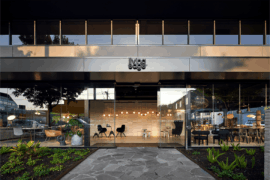
For Aidan Mawhinney, the secret ingredient to Living Edge’s success “comes down to people, product and place.” As the brand celebrates a significant 25-year milestone, it’s that commitment to authentic, sustainable design – and the people behind it all – that continues to anchor its legacy.
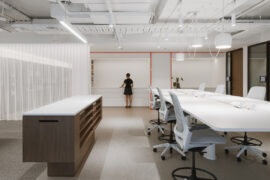
GEYER VALMONT is launching an innovation hub designed to improve existing interior design capability through enhanced ways of working and industry-leading technology products.
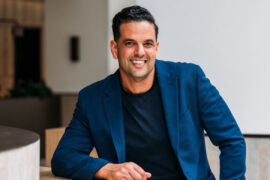
From Valmont to GEYER VALMONT, Marcel Zalloua walks us through some of the milestones of what has been a fruitful, busy career in design.
The internet never sleeps! Here's the stuff you might have missed

Completed in 2025, Marella by Mosaic is a 30-storey residential tower in Broadbeach designed by Plus Studio. The project brings sculptural form, ocean views and hotel-style amenities together in a refined expression of coastal living.
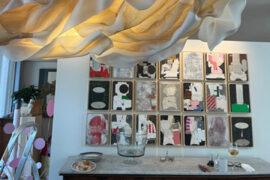
Held in a private Melbourne residence, Fletcher Arts’ annual exhibition unites over 30 Australian artists and designers in a setting where art meets architecture.